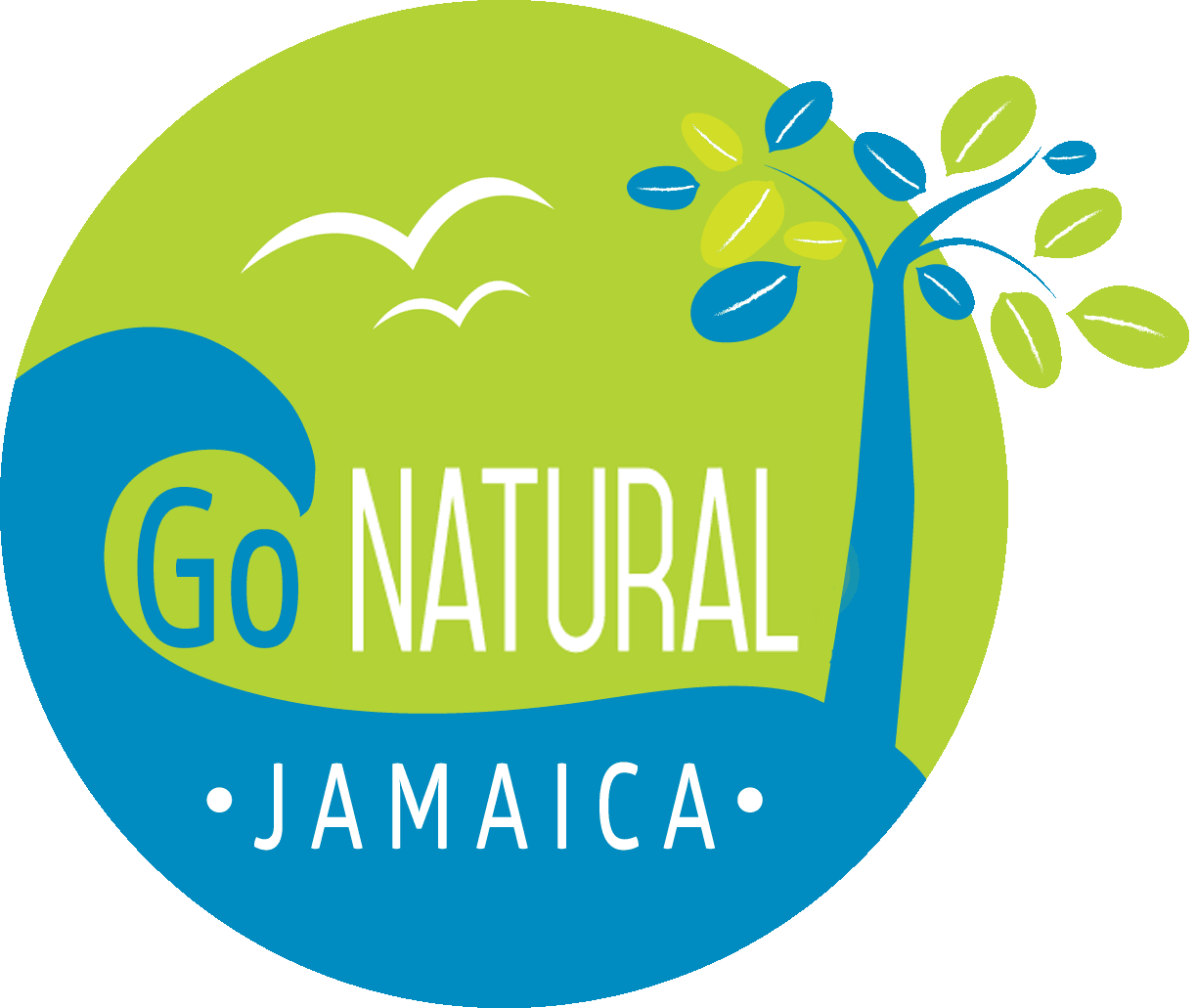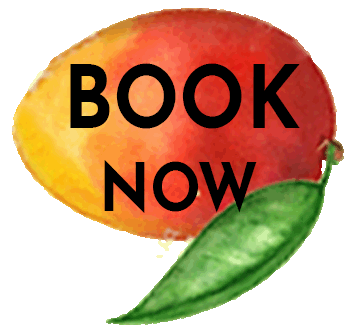
JAMAICA ... PARADISE ISLAND IN THE CARIBBEAN
Jamaica holds many quiet waterfront treasures waiting to be discovered by intrepid travelers. This fascinating island still retains a strong African identity, more so than any other Caribbean island, and the colorful culture will be unearthed by those seeking experiences beyond the resort-heavy beaches frequented by most visitors. Sure, there are still popular waterfront gems, like Doctor's Cave Beach and Seven Mile Beach, but for those willing to drive a bit farther, there are also silken sands and turquoise waters that seem mere steps from paradise. It's on these secret shores that you'll also find true Jamaican specialties: live reggae music, hotter-than-Hades spiced jerk pork and chicken sold from beachside vendors. From standard beach hotspots to more hidden places filled with amazing food and authentic reggae beats, choose whatever fits you best and you will found it here...
Jamaica is a mountainous island in the Caribbean Sea about 600 miles (965 kilometers) south of Miami, Florida. It is part of the chain of Caribbean islands called the Greater Antilles, along with Cuba, Hispaniola, and Puerto Rico. Jamaica was formed when the North American and Caribbean tectonic plates collided about 25 million years ago.
Weather
Jamaica has a spectacular climate year-round! Average daytime temperatures range from 80° to 95°F (28°-34°C) and the water just a few grades less. July and August are usually the hottest months and February the coolest, however, the difference between hot and cold months is as little as 10°F (7°C). The climate is very tropical. May and October are the rainiest months, with the most rain falling in the mountains. When rain does fall, it is usually light showers, it lasts for just a short time, and then the sky clears and the sun shines. If you see a rainy forecast, don't despair - weather changes quickly in Jamaica!
Hurricane season in the Caribbean runs from June through November each year. Keep in mind, however, that the Caribbean is a much bigger area than you think, so the chances of a hurricane finding this little island are slim.
Nature
The island is home to the endangered Homerus swallowtail, the largest butterfly in the Western Hemisphere. Its wingspan is 6 inches (25 cm), which makes this insect larger than many of the island's birds. Bird watchers enjoy the 250 bird species that can be seen on the island, including 26 birds that are found nowhere else. The vervain, the world's second smallest bird is found here. This tiny hummingbird is only 2.5 inches (8 cm) long. Jamaica's national bird is the streamertail hummingbird, or "doctor bird." It has long tail feathers and a scarlet bill.
Jamaica boasts more than 200 orchids and 550 different ferns. One-quarter of the 3,000 plant species are endemic, or native species. Years of development have decreased the habitats for wildlife on the island. The American crocodile, manatee, and iguana are rare now because they were hunted for meat and hides.
History
The Taino people arrived from South America in the seventh century and called the island Xaymaca, "land of wood and water," because of the green dense forest and the hundreds of fast-flowing streams that once covered the landscape.
Christopher Columbus was the first European to visit Jamaica in 1494 and called it "the fairest island that eyes have beheld." The Taino people were enslaved and by 1600 were wiped out by disease or harsh treatment. The Spanish brought in slaves from Africa and ruled the island until 1655 when the British seized it.
African slaves worked on the sugar plantations and were treated very cruelly by the owners. By the late 1700s, Jamaica became one of the largest slave markets for the Western Hemisphere. There were many slave uprisings and slavery was finally abolished in Jamaica in 1838. The island became independent in 1962.
People and Culture
Most of the population lives in the city and one-third of all Jamaicans live in the capital of Kingston. More than 90 percent of the population is of African descent, but many other people have come from China, India, Germany, and Syria to find work on the island. Jamaica's motto is "Out of Many, One People."
When most people think of Jamaica they think of Reggae, or "Ragged Music." The music was born in the 1950s and '60s from the musical styles of mento, ska, and rocksteady. The most famous reggae star was Bob Marley, who was backed by his group the Wailers. Other famous reggae stars include Desmond Dekker, Jimmy Cliff, Peter Tosh, and Burning Spear.
Jamaicans are spiritual people and follow many religions, including Christianity, Hinduism, Judaism, and Islam. Many are Rastafarians, followers of a Christian-based faith, which grew out of a civil rights movement in the 1930s.
Rastafarians believe that Haile Selassie, Emperor of Ethiopia from 1916 to 1974, was their savior. Rastamen wear their hair in dreadlocks, believing that hair should not be cut, and wear clothing in red, gold, and green—the colors of the Ethiopian flag.
Tourism, farming, and mining are the most important industries in Jamaica. The chief crop is sugarcane, but bananas, coffee, pimento, and yams are key agricultural products. Bauxite, used to make aluminum, is a valuable mineral and provides half of all Jamaica's export earnings.
Official Name: Jamaica
Form of Government: Parliamentary democracy
Capital: Kingston
Population: 2,780,132
Official Language: English
Currency: Jamaican dollar
Area: 4,411 square miles (10,992 square kilometers)
Major Mountain Ranges: Blue Mountains, John Crow Mountains, Don Figueroa Mountains, Cockpit Country
Major Rivers: Black River, Rio Cobre, Rio Grande
 Portland |  BLUE LAGOON |  RIVER RAFTING |
|---|---|---|
 |  |  |
 |  |  |
 |  |  |
 |  |  |
 |  |  |
 |  |  |
 |  |  |
 |  |  |
 |  |  |
 |  |  reach falls |
 reach fallls |  |  |
 |  |  fruit market |
 |  |  |
 |  |  |
 |  |  |
 |  |


